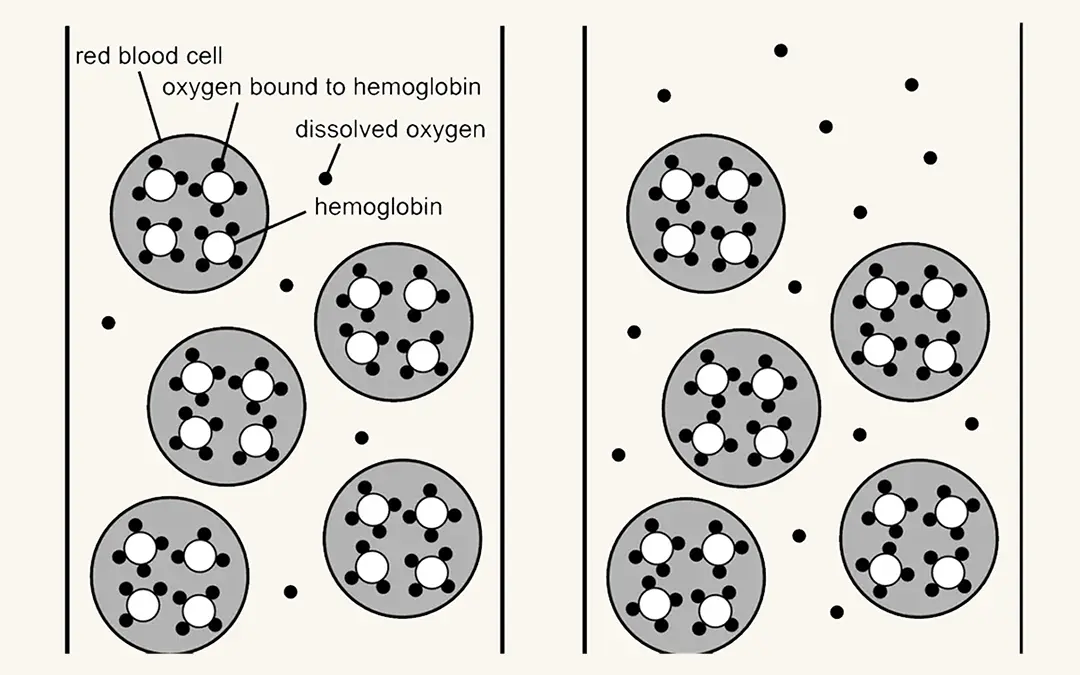Hyperbaric oxygen therapy (HBOT) has gained attention for its potential benefits in various health conditions, ranging from neurodegenerative disorders to metabolic syndrome and arthritis. One specific aspect of this therapy is mild hyperbaric oxygen exposure, which offers promising mechanisms and effects. In this post, we delve into the research conducted on the impacts of mild hyperbaric oxygen and its potential applications.
Mild hyperbaric oxygen involves exposure to low oxygen concentrations (35–40%) under slightly elevated atmospheric pressure (1266–1317 hPa). Unlike traditional hyperbaric oxygen therapy, mild HBOT doesn’t result in enhanced oxidative stress, making it a gentler approach. Researchers have explored its effects on several health conditions, yielding interesting findings.
Parkinson’s Disease
Studies suggest that mild hyperbaric oxygen can activate oxidative metabolism in dopaminergic neurons within the substantia nigra. This activation inhibits the reduction of these neurons, potentially offering an avenue for inhibiting the progression of Parkinson’s disease. This insight raises hope for those battling this neurodegenerative disorder.
Metabolic Syndrome
For individuals with metabolic syndrome, mild hyperbaric oxygen appears to inhibit the increase in blood glucose levels associated with growth. Additionally, it has the potential to enhance oxidative metabolism, which could play a role in managing muscle oxidative capacity. This suggests a potential therapeutic option for individuals with metabolic syndrome.
Elderly Health and Athlete Recovery
Mild hyperbaric oxygen has shown promise in various groups, including the elderly and injured athletes. Its non-invasive nature and lack of special movements required during treatment make it accessible to a wide range of individuals. This makes it an intriguing avenue for promoting overall health and aiding in recovery from injuries.
Arthritis
Arthritis is characterized by heightened oxidative stress and reactive oxygen species production. Mild hyperbaric oxygen therapy has demonstrated effectiveness in reducing these excessive reactive oxygen species levels. By alleviating oxidative stress and C-reactive protein levels, mild HBOT offers a potential complementary approach in managing arthritis symptoms.
Future Directions
The potential applications of mild hyperbaric oxygen therapy extend beyond the conditions mentioned here. Researchers are considering its role in preventing and improving dementia, addressing autonomic nervous system imbalances, enhancing immunity, maintaining physical fitness, and facilitating swift recovery from injuries.
In conclusion, mild hyperbaric oxygen therapy shows promise in various health conditions, offering mechanisms that range from metabolic improvements to oxidative stress reduction. As research continues to unfold, this approach could potentially enhance the quality of life for individuals dealing with these conditions.
Source
Ishihara, A. (2019, May 6). Mild hyperbaric oxygen: Mechanisms and effects. The Journal of Physiological Sciences. https://jps.biomedcentral.com/articles/10.1007/s12576-019-00678-5

